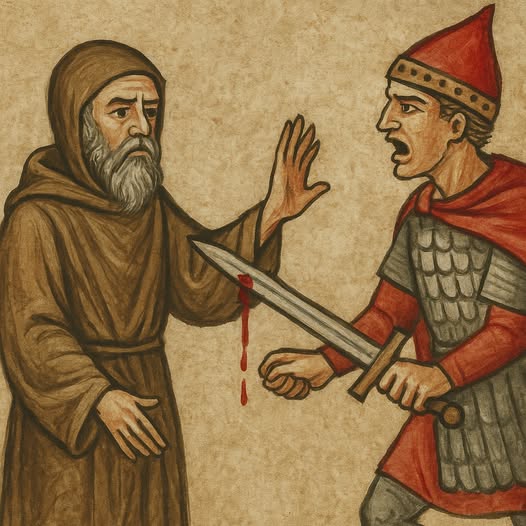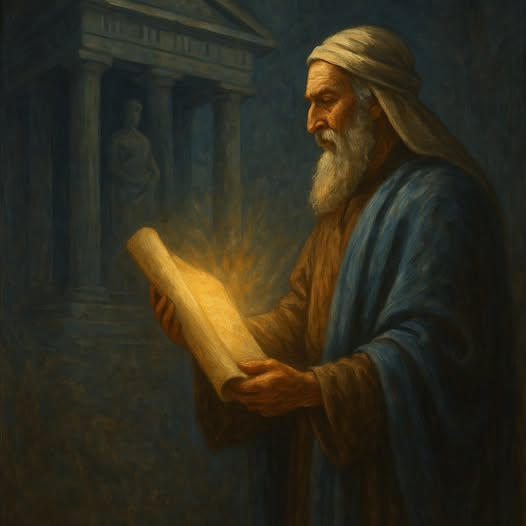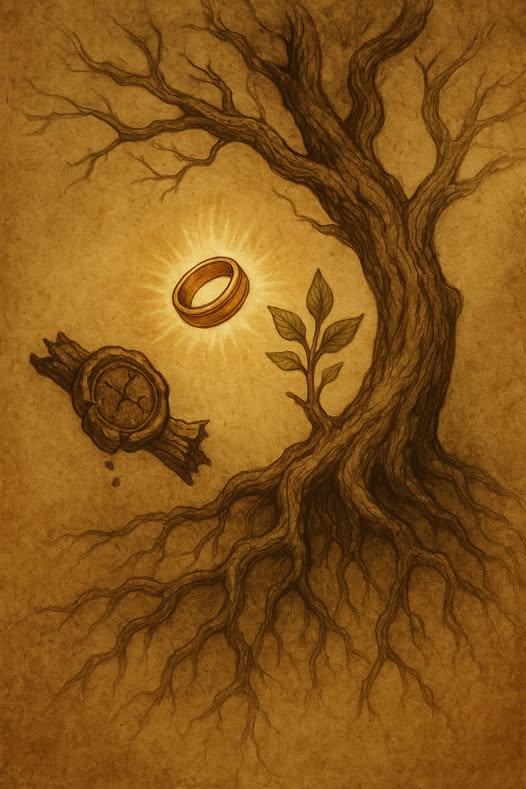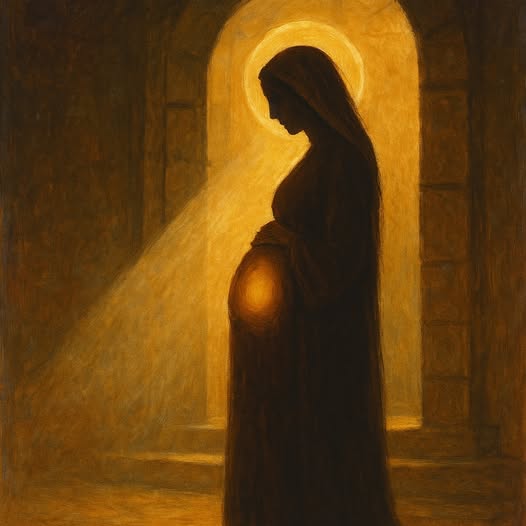
As the Book of Revelation unfolds its vivid portrayal of the end times, a pressing question emerges for believers: Can the Church remain on Earth during the outpouring of God’s wrath, or must it be removed to escape such judgment? Revelation 16 describes the seven bowls of wrath, a climactic series of divine judgments poured out on the Earth, targeting the unrepentant. Many assume the Church must be raptured beforehand to avoid this wrath, citing verses like 1 Thessalonians 5:9: “For God has not destined us for wrath.” However, a closer look at Scripture reveals a consistent pattern of God protecting His people through trials, not removing them from the Earth. This article explores how the Church can endure the events of Revelation 16, divinely shielded amidst God’s wrath, fulfilling its role as a witness to the world until the very end.
The Bowls of Wrath: A Targeted Judgment
Revelation 16:1-21 details the seven bowls of wrath, the final and most intense expression of God’s judgment during the tribulation:
- First Bowl (16:2): Painful sores afflict those who took the mark of the beast.
- Second Bowl (16:3): The sea turns to blood, killing all marine life.
- Third Bowl (16:4-7): Rivers and springs become blood, a judgment on those who shed the blood of saints.
- Fourth Bowl (16:8-9): The sun scorches humanity with intense heat, yet they refuse to repent.
- Fifth Bowl (16:10-11): Darkness and pain envelop the kingdom of the beast.
- Sixth Bowl (16:12-16): The Euphrates River dries up, preparing the way for the kings of the east and the gathering at Armageddon.
- Seventh Bowl (16:17-21): A massive earthquake, giant hailstones, and the destruction of Babylon mark the culmination of God’s wrath.
These judgments are explicitly directed at the unrepentant—those who have aligned with the beast and rejected God (e.g., Revelation 16:2). The Church, comprised of faithful believers who have refused the mark, is not the target of this wrath. This distinction is key: God’s wrath in Revelation 16 is not indiscriminate but aimed at those who persist in rebellion, leaving room for the Church to remain on Earth under divine protection.
Biblical Precedents: Protection Amid Judgment
Scripture consistently shows God preserving His people through trials, even during times of divine judgment, rather than removing them from the Earth:
- The Plagues of Egypt (Exodus 7-12): The Israelites were present in Egypt during the plagues, which prefigure the judgments of Revelation. God protected them, ensuring that plagues like hail (Exodus 9:26: “Only in the land of Goshen, where the sons of Israel were, there was no hail”) and darkness (Exodus 10:23: “All the sons of Israel had light in their dwellings”) did not affect them.
- Noah and the Flood (Genesis 6-8): Noah and his family endured the flood, preserved in the ark while God’s judgment fell on the Earth.
- Shadrach, Meshach, and Abednego (Daniel 3): These faithful men were not spared from the fiery furnace but were protected within it, emerging unharmed.
- Daniel in the Lion’s Den (Daniel 6): Daniel was not removed from the den but kept safe among the lions.
This pattern suggests that during the bowls of wrath, the Church can remain on Earth, with God supernaturally shielding believers from the judgments that target the unrepentant.
The Church’s Protection Through the Bowls
How might this protection look during the specific events of Revelation 16? Consider the following scenarios, grounded in biblical precedents:
- First Bowl (Sores, 16:2): The sores afflict only those with the mark of the beast. The Church, having rejected the mark, would be spared, as the Israelites were from Egypt’s plagues.
- Second and Third Bowls (Sea and Rivers to Blood, 16:3-7): With water sources turned to blood, God could provide clean water for believers, as He did for the Israelites in the wilderness (Exodus 17:6: “I will stand before you there on the rock at Horeb; and you shall strike the rock, and water will come out of it”).
- Fourth Bowl (Scorching Heat, 16:8-9): The intense heat could be mitigated for the Church, as God protected Shadrach, Meshach, and Abednego in the fiery furnace (Daniel 3:27: “The fire had no effect on their bodies”).
- Fifth Bowl (Darkness, 16:10-11): While the kingdom of the beast is plunged into darkness, believers might have light, mirroring the Israelites during the Egyptian plague of darkness (Exodus 10:23).
- Sixth Bowl (Euphrates Dries Up, Armageddon, 16:12-16): This bowl prepares for battle rather than directly afflicting individuals. The Church could be divinely guided to safety, as Noah was in the ark.
- Seventh Bowl (Earthquake, Hail, 16:17-21): Amid the earthquake and hail, believers might be shielded, as the Israelites were from the hail in Egypt (Exodus 9:26).
Additionally, Revelation 7:3-4 describes the sealing of God’s servants before earlier judgments: “Do not harm the earth or the sea or the trees until we have sealed the bond-servants of our God on their foreheads.” This sealing implies divine protection, a principle that likely extends to the Church during the bowls, ensuring believers are safeguarded while wrath falls on the unrepentant.
Theological Alignment: Not Destined for Wrath
The idea of the Church enduring the events of Revelation 16 aligns with the broader themes of Revelation and Scripture:
- 1 Thessalonians 5:9 (“For God has not destined us for wrath”) can be understood as the Church being spared the effects of wrath through divine protection, not removal. The wrath targets the unrepentant, not the faithful.
- Revelation’s Call to Perseverance: Verses like Revelation 13:10 (“Here is the perseverance and the faith of the saints”) and 14:12 (“Here is the perseverance of the saints who keep the commandments of God and their faith in Jesus”) emphasize endurance during tribulation. The Church’s presence during the bowls reinforces this call, as believers testify to God’s power amidst judgment.
- The Church as a Witness: Matthew 24:14 states, “This gospel of the kingdom shall be preached in the whole world as a testimony to all the nations, and then the end will come.” The Church’s presence on Earth during the final judgments allows it to fulfill this mission, demonstrating God’s faithfulness to the world.
This interpretation also connects to Revelation 3:10’s promise to “keep you from the hour of testing.” As argued in a companion article, the Greek phrase terēsō ek suggests protection through trials, not removal from them, a principle that applies even to the climactic events of Revelation 16.
Implications for Believers: A Call to Faithfulness
The Church’s presence during the outpouring of God’s wrath carries profound implications. It challenges the notion that faith guarantees exemption from hardship, aligning instead with Jesus’ words in John 16:33: “In the world you will have tribulation, but take courage; I have overcome the world.” Believers are called to endure, trusting in God’s protective presence, even in the darkest times.
For Christians today, facing personal struggles, persecution, or societal upheaval, this perspective offers hope. It reframes trials as opportunities to witness God’s faithfulness, fostering resilience and courage. The Church’s role during the final judgments underscores its mission to shine as a light to the world, testifying to God’s power and grace until Christ’s return.
Conclusion:
Revelation 16’s bowls of wrath are not a barrier to the Church’s presence on Earth but a testament to God’s ability to protect His people through the fiercest storms. Grounded in biblical patterns of divine safeguarding, the Church can endure these judgments, spared from their effects while fulfilling its calling as a witness. As we face our own challenges, this truth encourages us to trust in God’s sustaining presence, holding fast in faith until the day of Christ’s return.
Discussion Questions
- How does the biblical pattern of protection through trials encourage you to face hardships in your own life?
- In what ways can the Church’s presence during the bowls of wrath inspire believers to be a witness in today’s world?
- How does the idea of being “not destined for wrath” (1 Thessalonians 5:9) take on new meaning when viewed through the lens of protection rather than removal?
- What practical steps can believers take to cultivate perseverance in the face of trials, knowing God’s protective presence?
Want to Know More?
- “The Blessed Hope” by George Eldon Ladd – Argues for a post-tribulation Rapture, emphasizing the Church’s endurance through tribulation with divine protection.
- “Revelation: A Shorter Commentary” by G.K. Beale (2015) – Provides an accessible, scholarly exploration of Revelation, including the bowls of wrath and their implications.
- “The Church and the Tribulation” by Robert H. Gundry – A detailed defense of the post-tribulation view, exploring how the Church can remain on Earth during God’s wrath.
- “The Rapture Question” by John F. Walvoord – Presents a pre-tribulation perspective, offering a contrasting view for deeper study.







